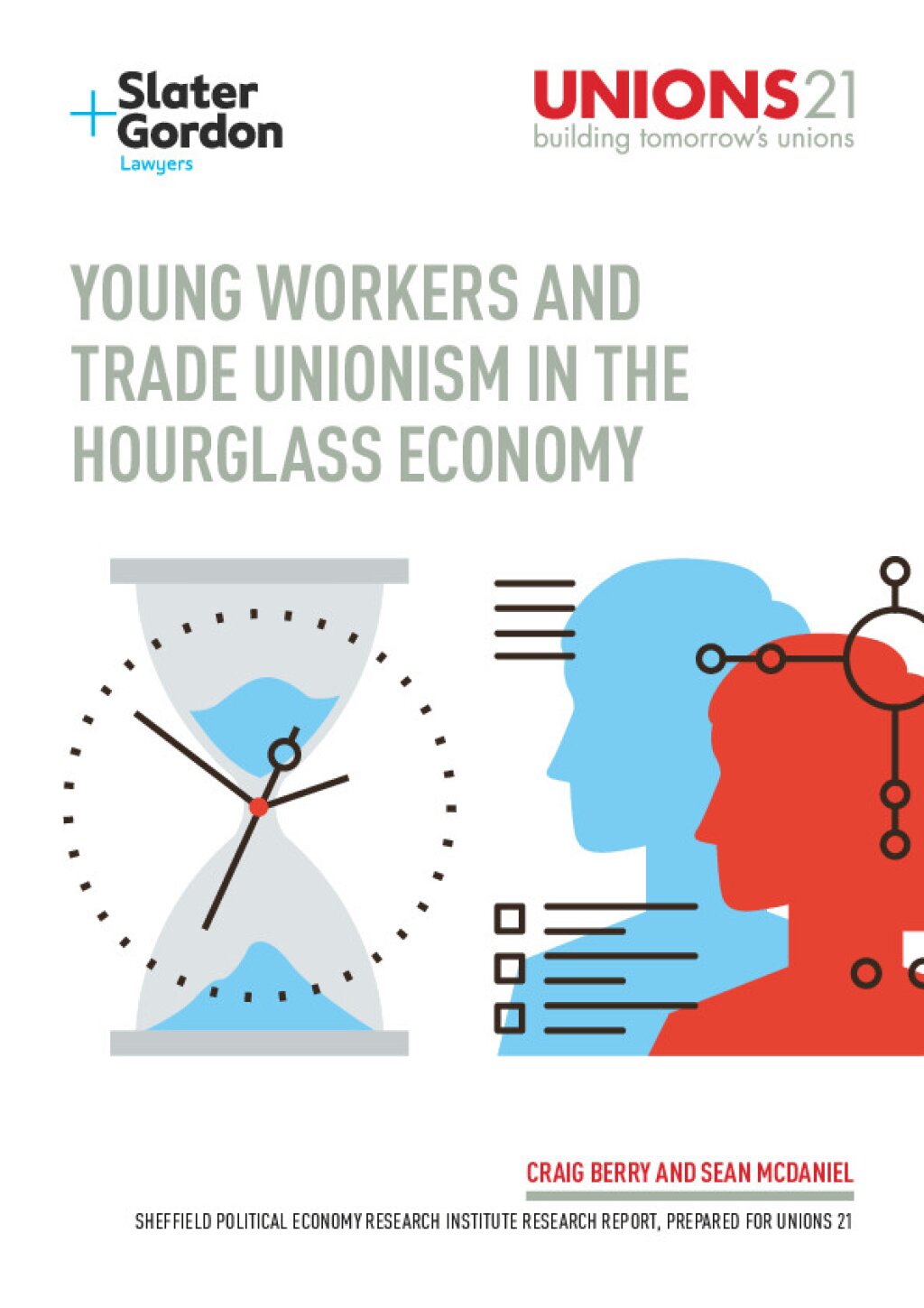By Jenny Andrew, Fellow in Innovation and Change | 6 min
The new General Data Protection Regulation (GDPR) is a response to the “age of big data”. For organisations, trade unions included, scrambling to get GDPR-ready, the new regs feel like a disruption in their own right. In fact, they are an adjustment to the much greater disruptive force of technological change. We could treat the GDPR as a hurdle: to be got over so we can get back to business-as- usual. I suggest we must treat it as a warning: that our business-as- usual is not going to cut it for long. If technological development is the new “perennial gale of creative destruction”, the union movement needs to stop battening down the hatches, and start building kites.
The GDPR was conceived by the EU “to protect citizens from privacy- and data-breaches in an increasingly data-driven world” (www.eugdpr.org/key-changes.html). It updates and consolidates previous EU law on data protection, emphasising the rights of individuals over their personal data.
These include:
Right of access
Right of erasure
Data portability
The new regulation was engineered with social networks and cloud service providers in mind. However, every organisation that holds personal data must be compliant by May this year. And as every organisation does hold personal data, that means all of you. The GDPR brings new legal, procedural and technical considerations for its management. As both employers and membership organisations - through case-handling, research, negotiations, communications and organising – trade unions hold a rich wealth of personal data. I suspect that the data audits necessary for GDPR-readiness have opened some eyes to the scale of the problem. Not only do we generate more data than ever before, but the decreasing cost of storage has allowed us to keep it… for good or for ill.
The GDPR itself is a clue that “there’s gold in them there hills”. Social networks and cloud providers are monetising their masses of personal data, using it to tune and sell targeted advertising. And it’s not just digital-native businesses that are cashing in on the data deluge. Retailers, for example, monitor individual and collective behaviour, predicting demand, adapting services seasonally and geographically, and tailoring their offer to each customer. Through a loyalty card, my preferred supermarket knows my dietary habits, the newspaper I read, my sock size, and even my regular rail journeys. Their analysts could probably infer my height and weight, my income, and my educational background. Consider the adverts you see online as a measure of what Google knows about you. The GDPR gives you the right to see that information and, importantly, the “right to be forgotten.”
Trade unions are, I hope, socially-conscious and ethical organisations. We are, rightly, more respectful than most of the privacy and rights of our members and staff. In readying ourselves for the GDPR we must be exemplars of best practice. But as organisations fighting for survival in a changing world, we must not lose sight of the opportunities that data presents. We are having to audit our data holdings anyway, so why not reflect on how we might better use them? We all know that the Facebooks and Tescos of the world are surfing the wave of big data, but did you know thateven the Girl Guides are currently advertising for a data analyst?
Trade unions, on the whole, have some catching-up to do. The promise of data analytics is huge: reviewing our services and identifying emerging gaps; targeting organising opportunities; shaping new models of membership… If big data can help us prevent the stagnation of the trade union movement, we owe it to our members to give it our best effort. But there’s work to do to get us there.
In a former life, I used to teach rookie data scientists the principles of data management through the analogy of laundry. You can leave all your clean clothes in one heap, but you’ll regret it on Monday morning when you have to find matching socks and iron a shirt – a panic when you’re least equipped to deal with it. Or you can have a plan for storage, and procedures to implement it – invest the time and effort upfront. Personally, I like to have a system. My socks are paired, folded, colour-ordered, and stored end-on for visibility (not joking: this is the absolute truth!), but I accept that sometimes an intermediate solution is good enough.
So far, many organisations, trade unions included, have data storage with out any system worthy of the name. That might have been good enough until now, but the GDPR should warn us that it won’t be good enough in future. We don’t know how the GDPR will change citizens’ behaviour towards their personal data but, as a minimum, we’d be wise to order our systems and procedures to facilitate members’ access or erasure requests. In other words, we’re going to have to at least ball our socks in matched pairs. It’s up to individual unions how much further they take it. The effort they put into data management ought to reflect the goals they have set for data use, and the risks of a laissez faire approach. In short, unions need to talk about data strategy. We need to explore how data-driven optimisation can work with in the ethos of the movement, and the skills and tools we need to implement it.
Digital technology is creating a world of accelerating change. In the business world, we frequently see the fall of giants, while start-ups from zero to global with in a handful of years. As Darwin is often, usefully paraphrased:
“…it is not the most intellectual of the species that survives; it is not the strongest that survives; but the species that survives is the one that is best able to adapt and adjust to the changing environment in which it finds itself.”
Unions feel change it on two fronts: as shepherds of workers in an environment of disruption; and as organisations subject to the same disruption. We have to become masters of adaptability and agility, and our data might just be the key. The data-driven organisation diagnoses and predicts its changing environment, to put adaptation and adjustment on the front foot. Trade unions must wake-up to the possibilities of data and analytics if we are even to survive the future of work, let alone shape it for the benefit of our members.



